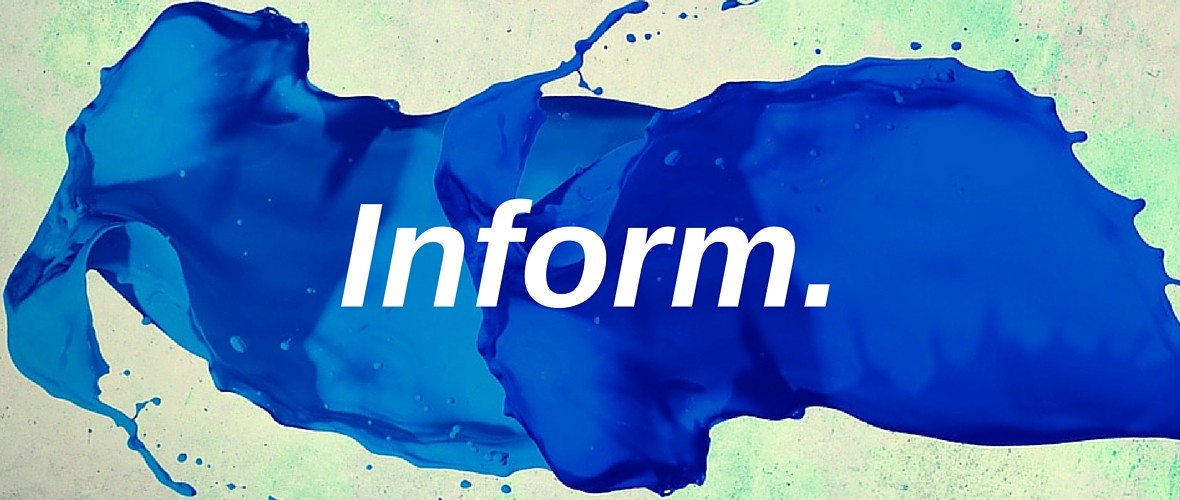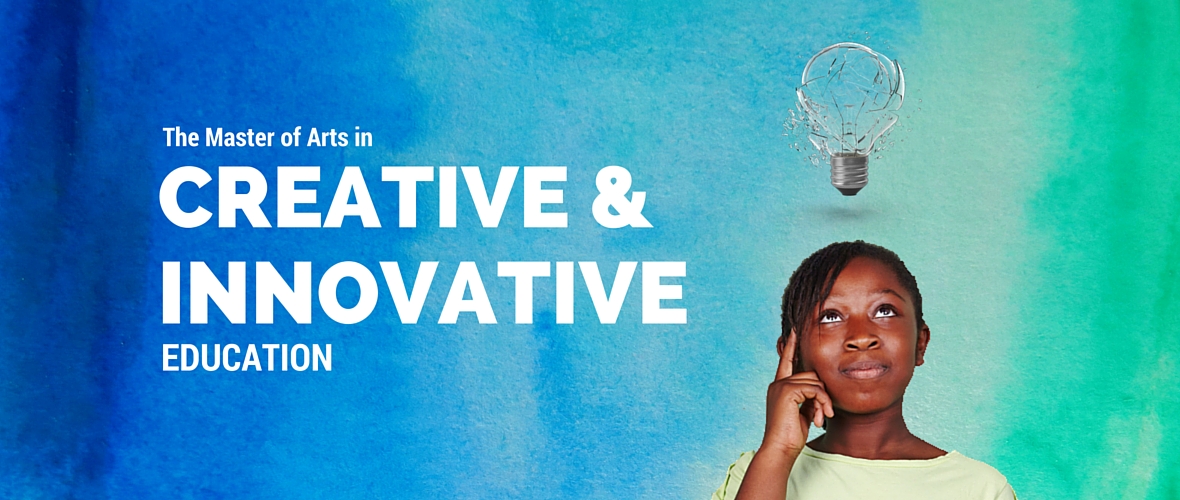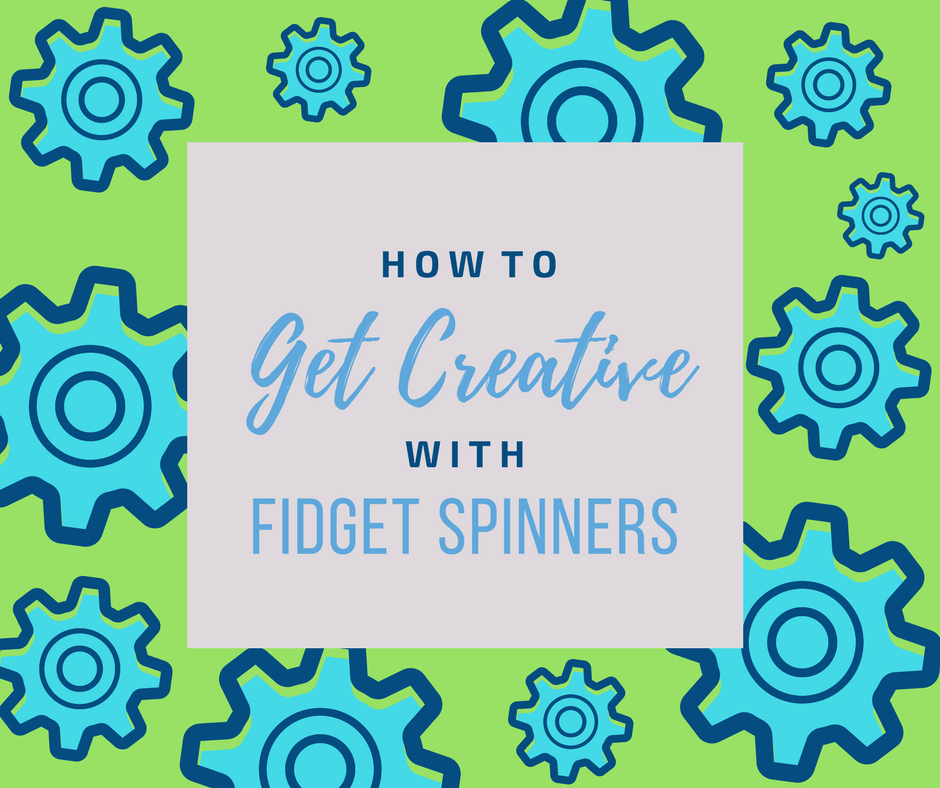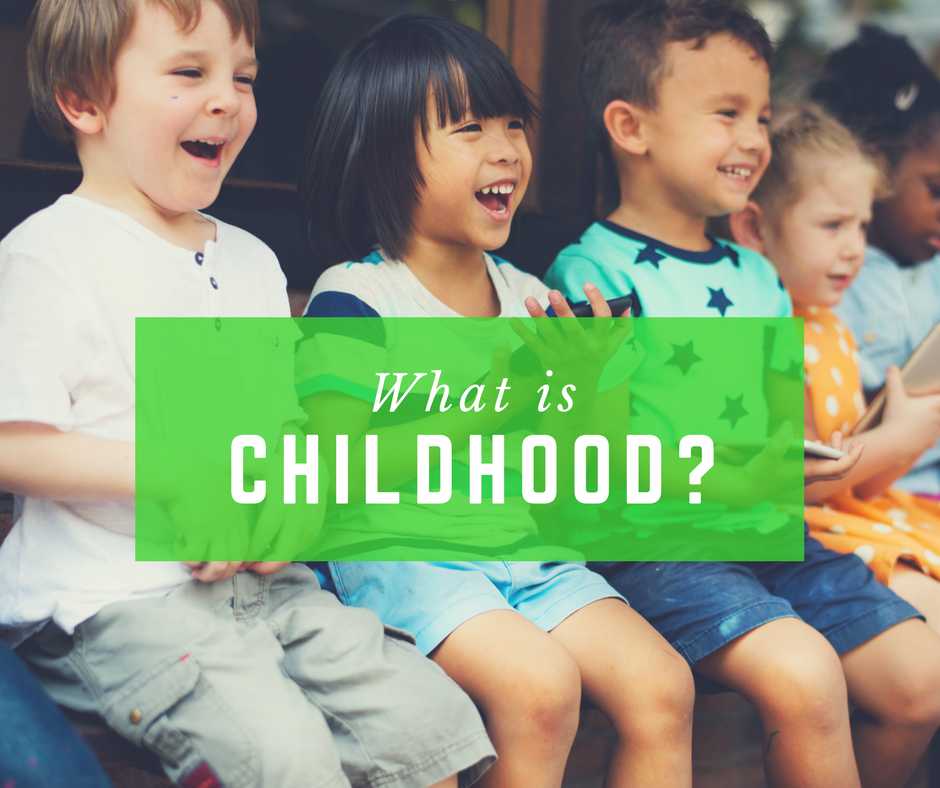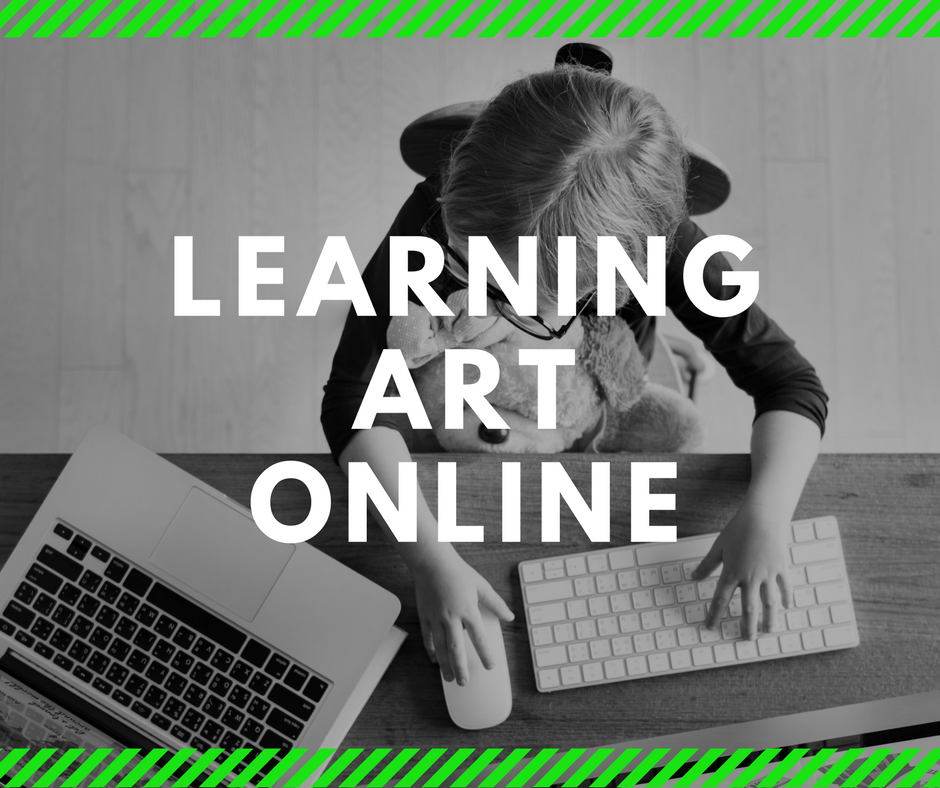Atlanta based non-profit, Paint Love, is traveling to Houston to support local artists and volunteers who are currently serving families at the NRG Center shelter. Paint Love will also be working with this community to plan for long term service strategies for the Houston area.
Paint Love was established in 2013 by Aaron and Julie McKevitt in response to the lack of artistic resources for youth in the Atlanta area. The McKevitts recognized the strong therapeutic benefits art can have on children, and they set out to connect local artists and non-profits for a positive impact on youth. The organization has steadily grown its mission by focusing on the power of art to spread love as they bring transformational art workshops to Atlanta area youth who face or are at risk of facing poverty or trauma.
As they prepare to bring their services across state lines, Paint Love is raising funds to purchase supplies to complete two art workshops with Houston area youth. These projects include a portrait project and a Houston Strong mural. Research has shown that “creating art after a disaster offers a way for children to make sense of their experiences, to express grief and loss, and to become active participants in their own process of healing, beginning the process of seeing themselves as ‘survivors’ rather than as ‘victims'” (Orr, 2007). Paint Love’s latest venture taps into the power of art to provide healing for children who have experienced natural disaster.
For more information about how you can donate or volunteer to serve, visit the Paint Love website.
References:
Art therapy with children after a disaster: A content analysis (PDF Download Available). Available from: https://www.researchgate.net/publication/223645086_Art_therapy_with_children_after_a_disaster_A_content_analysis [accessed Sep 11, 2017].


